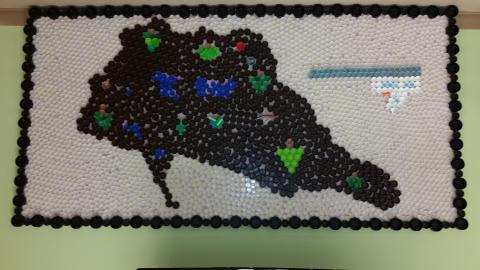In Part IV, and our final installment of our Service-Learning in a Rural vs. Urban Setting series, we discuss the structure of local districts and how structure might influence planning and implementing service-learning projects. This article is intended to introduce some of the differences that may come up when planning and implementing service-learning activities in rural vs. urban contexts.

Structure of Local Districts
Urban
Urban school districts, or school corporations, can be quite large organizations, which can make planning an in-school service project or field trip a cumbersome process. For this reason, it is important to involve the principal or other school administration early on. Paperwork, like building use permission forms, field trip forms, media release forms (if you plan on publicizing the project), bus reservations, grant applications, and securing substitutes adds a significant amount of work (take a look at our top 11 steps for planning a school-wide service-learning project).
However, all teachers that we have worked with that have gone through with the paperwork to bring the project to life say that it is worth it. Connecting the curriculum to the community gives students perspective on their city as well as exposes them to different career opportunities. Also, just like everything else, once you have completed the paperwork once or a few times, it gets easier and becomes habit!
Rural
Rural districts can be more agile because faculty and staff may have to wear many hats. While this can be very stressful, this structure can also help move service-learning projects along quickly.
If your school district is small enough that the whole staff comes together on a regular basis, this can be a great opportunity to collaborate on multi-subject or across-grade projects. Small districts also give teachers perspective on the needs of their whole district and all the teachers. That knowledge can be used for service-learning projects where the students help meet the need of the district in areas where staff-power or funding is limited.
In conclusion, both urban and rural places offer some barriers and opportunities for service-learning projects. That is why it is so important for service-learning to be entrenched in the local communities. Whether you live in a rural place or an urban one, you are the expert on your own community. That expertise, when paired with resources like the lesson plans and resources on Learning to Give, can be used to make some truly transformative service-learning projects for both your students and your community.
Part I: Community Partnerships
Guest blog by Megan Lendman, Grand Rapids Public Schools Service-Learning Coordinator: 2015-17 Michigan Nonprofit Association AmeriCorps VISTA, and Tyler Augst, Service-learning Coordinator for Eastern Upper Peninsula Intermediate School District
